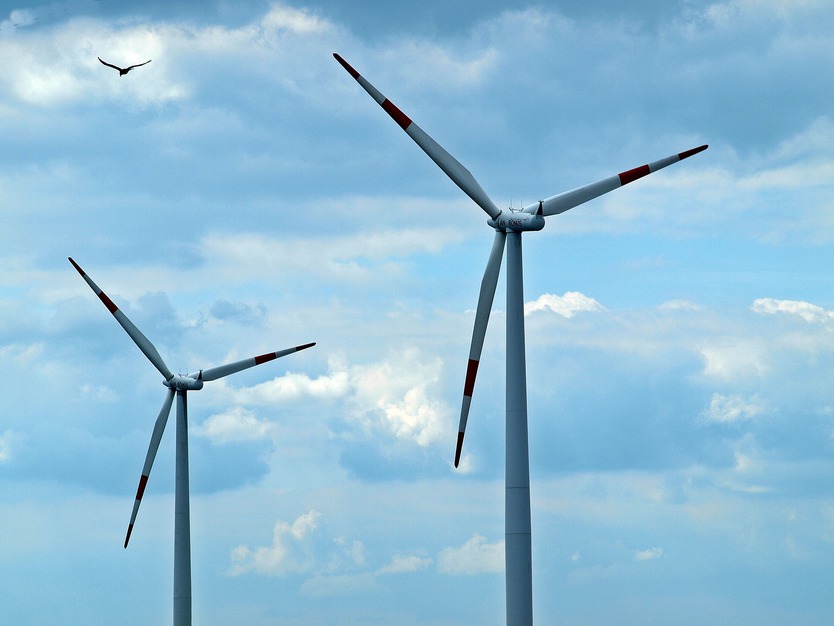
Birds flying close to wind energy plants
© Pixabay
The development of wind energy in Germany is one of the success stories of the energy transition. Currently, 53 GW onshore and 6.5 GW offshore plants are installed in the Federal Republic of Germany. Looking at the worldwide generation capacities of wind energy, Germany ranks third behind the USA and China, which are both much larger in terms of their surface area and population as well.
There is still great potential for further expansion, yet wind energy projects are subject to greater public resistance than solar energy, for instance. The argument often used, in addition to that of land usage, is the protection of endangered bird species. Extensive environmental impact assessments are required in Germany ‒ depending on the size of a wind farm ‒ to determine the effects on the environment.
For this reason electrical engineers and environmental engineers are working together with the University of Frankfurt on a novel, radar-based detection system for birds near wind turbines. Such a system can identify flight movements and, if necessary, slow down the wind turbine.
Using various radar systems, the actual airspace around the nacelle of a wind turbine is to be monitored. Powerful algorithms will be used to distinguish birds from bats or drones in real time. Optical and acoustic recordings will also be used to distinguish between the two. At the same time, the project participants will for the first time be analysing the flight behaviour of birds of prey in the vicinity of wind turbines in order to make their flight behaviour more predictable. Real-time-capable algorithms will be developed and implemented in order to determine 3D flight trajectories in future by extrapolating other expected flight trajectories.
The project will run from 2018 to 2021. On completion of the project, this innovative technology will provide a major boost to the nature-friendly expansion of wind energy.


